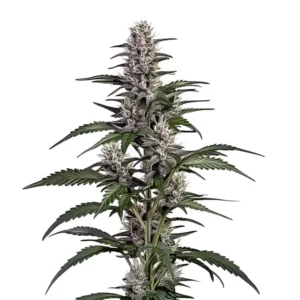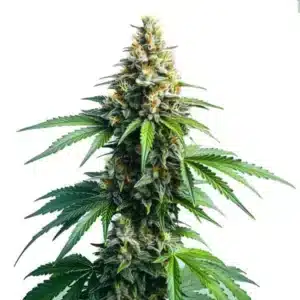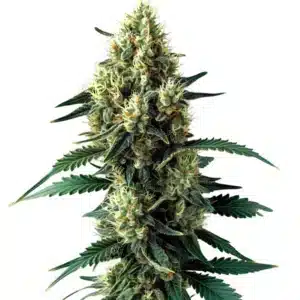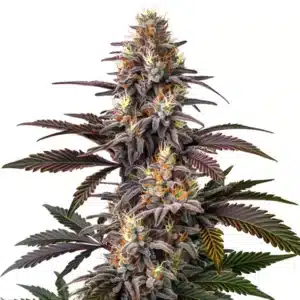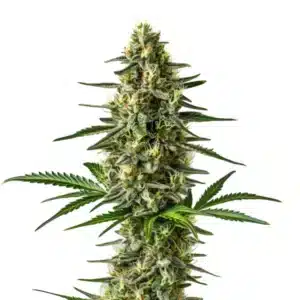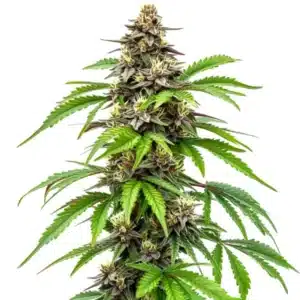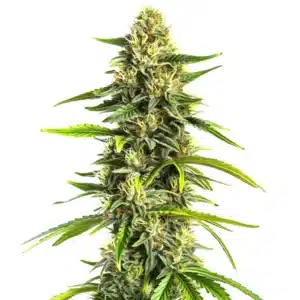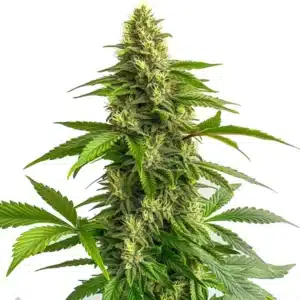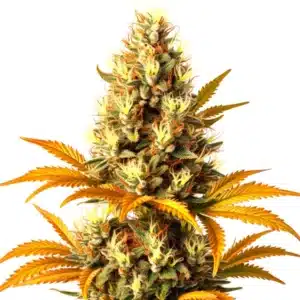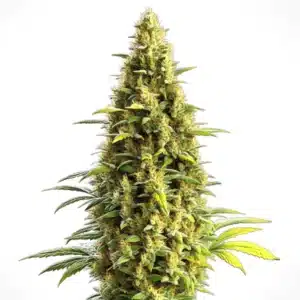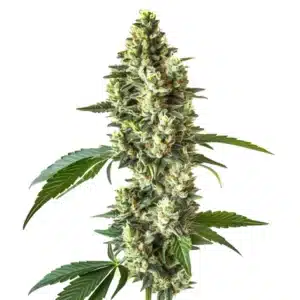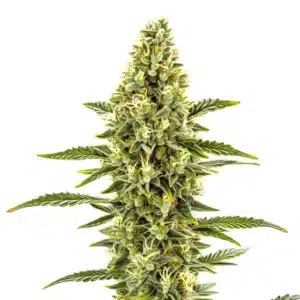
Cannabis Use Disorder Recovery Solutions
Overview of Treatment for Cannabis Use Disorder
Historical Approaches and Early Interventions
Early methods for addressing excessive cannabis use often relied on community support and traditional counseling techniques. Historical records indicate that families and small groups used peer interventions and community-based discussions to help individuals reduce their cannabis consumption. These approaches, although simple, provided the first structured attempts at managing substance use by focusing on behavioral change and social accountability. The roots of treatment for cannabis use disorder can be traced back to these grassroots efforts that emphasized mutual support and shared responsibility.
Traditional interventions in earlier times involved group discussions and home remedies that promoted moderation. Communities would organize informal meetings where individuals could talk about their struggles and successes with reducing use. Although the methods were not scientifically validated, they laid the groundwork for modern therapeutic techniques.
Recommended Strains
Afghan Autoflower
|
|
THC | 15% - 17% (Medium) |
|
|
Type | Autoflowering |
|
|
Yield | Medium |
|
|
Phenotype | 90% Indica / 10% Sativa |
Afghan Kush
|
|
THC | 16% - 21% (Medium) |
|
|
Type | Feminized |
|
|
Yield | Medium |
|
|
Phenotype | 90% Indica / 10% Sativa |
Current Clinical Trends and Approaches
Modern clinical trends in Treatment for Cannabis Use Disorder integrate behavioral therapies with pharmacological support and digital interventions. Today’s programs often incorporate cognitive behavioral therapy (CBT), motivational enhancement, and contingency management to help patients modify their habits. Clinical centers now offer specialized treatment plans that combine these behavioral interventions with medical monitoring to track progress and adjust dosages as needed. The emphasis is on personalized care that addresses both the physical and psychological aspects of dependency.
Promos & Deals
Therapeutic Strategies for Cannabis Use Disorder
Behavioral Interventions and Counseling Techniques
Behavioral interventions remain a cornerstone in Treatment for Cannabis Use Disorder. Therapeutic strategies include cognitive behavioral therapy, motivational interviewing, and mindfulness-based stress reduction. These techniques help individuals identify triggers, develop coping skills, and reframe negative thought patterns. In clinical settings, structured counseling sessions provide patients with a supportive environment to work through their dependency issues step by step. This approach focuses on practical strategies that enable long-term behavior change and self-management.
Counseling techniques also extend to group therapy sessions where peers share their challenges and successes. Group discussions facilitate a sense of community and accountability, which many patients find helpful in overcoming dependency. Therapists use evidence-based strategies to help patients set realistic goals and gradually reduce their reliance on cannabis.
Pharmacological Options and Emerging Therapies
In addition to behavioral interventions, pharmacological treatments are increasingly explored in Treatment for Cannabis Use Disorder. Researchers have investigated medications that may help reduce withdrawal symptoms and cravings associated with discontinuing cannabis use. Some drugs target the endocannabinoid system directly, while others address related issues such as anxiety and depression. These medications, when used under medical supervision, can provide essential support during the early stages of recovery by easing the transition away from heavy use.
Emerging therapies also include novel compounds that modulate the effects of cannabis on the brain. Clinical trials are underway to assess the efficacy of these new drugs, and preliminary data suggests that they may reduce relapse rates. While these pharmacological options are still being refined, they offer a promising complement to behavioral therapies. Together, these strategies aim to create a holistic approach that supports long-term recovery in individuals seeking Treatment for Cannabis Use Disorder.
Safety and Regulatory Considerations in Treatment
Best Practices in Clinical Settings
In clinical settings, strict protocols guide the implementation of Treatment for Cannabis Use Disorder. Medical professionals emphasize the importance of a controlled environment where patients receive close monitoring during their recovery journey. Best practices include regular health assessments, standardized dosing regimens, and structured follow-up sessions. Clinicians rely on validated tools and metrics to track patient progress, ensuring that interventions are both safe and effective over time. This systematic approach helps minimize risks and maximizes the therapeutic benefits of treatment.
Policy Developments and Research Advances
Recent policy developments have shaped the regulatory landscape for Treatment for Cannabis Use Disorder. Government agencies have introduced stringent guidelines for the use of behavioral and pharmacological interventions in treating substance use disorders. Ongoing research continues to influence these policies, with new data driving updates to safety protocols and treatment standards. These regulatory measures ensure that the interventions provided are evidence-based and align with the latest scientific findings.
Legislative bodies and health organizations work closely to monitor treatment programs and enforce quality standards. Research advances help refine these policies, leading to more effective and accountable treatment practices. The focus on rigorous oversight and continual improvement supports a secure framework within which patients can seek Treatment for Cannabis Use Disorder. This collaborative effort between researchers, clinicians, and policymakers is essential for maintaining high standards in care.
Community Support and Recovery Programs
Peer Support and Group Therapy
Peer support plays a significant part in the recovery process for those undergoing Treatment for Cannabis Use Disorder. Group therapy sessions offer a platform for individuals to share their challenges and successes in a supportive environment. These sessions encourage open dialogue and mutual encouragement, which can help reduce feelings of isolation and stigma. Facilitated by experienced counselors, group therapy provides practical tools for managing cravings and building resilience. The shared experiences of participants often reinforce commitment to recovery.
Group therapy sessions create a community where participants learn from each other’s stories and strategies. By participating in these discussions, individuals gain insights that empower them to take proactive steps in their recovery journey. The collective support provided through peer interactions can be a powerful motivator for change. This community-driven approach is a key element of Treatment for Cannabis Use Disorder, enhancing the overall recovery process.
Family Involvement and Social Integration
Family involvement is critical in supporting recovery from cannabis dependency. Treatment for Cannabis Use Disorder often incorporates family counseling sessions where relatives learn how to support their loved ones through the recovery process. Social integration initiatives also encourage patients to rebuild relationships and reconnect with their communities. These programs focus on creating a supportive environment outside of clinical settings, which is essential for long-term recovery.
Families and social networks play a vital role in reinforcing positive behavior changes. Involving loved ones in the treatment process can help address underlying issues and create a stable support system. Social integration activities, such as community events and support groups, further assist patients in regaining a sense of belonging and purpose. This comprehensive approach helps sustain recovery efforts and promotes overall mental and emotional well-being.

Prevention and Early Intervention Strategies
Education and Awareness Campaigns
Education and awareness campaigns are integral to preventing cannabis dependency. Public health initiatives focus on providing clear, accessible information about the risks associated with heavy cannabis use and the benefits of early intervention. Treatment for Cannabis Use Disorder often begins with these educational efforts, which target both young people and adults. Campaigns use various media channels to disseminate information that helps individuals make informed choices about their substance use.
These initiatives aim to break the cycle of dependency by reaching potential users before problematic behaviors develop. Schools, community centers, and online platforms are key venues for these educational efforts. By promoting healthy habits and awareness, these campaigns contribute to a decrease in the incidence of severe cannabis use issues. Early intervention strategies rooted in education form a proactive approach to preventing the escalation of substance use disorders.
School and Community-Based Programs
School and community-based programs play a significant role in early intervention for cannabis dependency. These programs provide structured activities, counseling services, and peer support networks that help identify early signs of problematic use. In educational settings, trained professionals work with students to promote healthy behaviors and address issues before they escalate into severe dependency. Community centers also offer workshops and support groups that reinforce these preventive measures.
By integrating preventive programs into everyday environments, communities create a safety net that supports early detection and intervention. These programs foster a culture of awareness and accountability, encouraging individuals to seek help when needed. The emphasis on community engagement and early support helps reduce the incidence of severe cannabis use disorders. This comprehensive approach to prevention complements broader Treatment for Cannabis Use Disorder initiatives by addressing issues before they become critical.
In-Depth Discussion on Treatment for Cannabis Use Disorder
The discussion on Treatment for Cannabis Use Disorder encompasses a multifaceted approach that integrates historical methods with modern therapeutic strategies. Researchers and clinicians have collaborated to develop programs that address both behavioral and physiological aspects of dependency. By combining behavioral interventions with pharmacological options and community support, healthcare providers create comprehensive treatment plans that help individuals achieve sustainable recovery.
This multifaceted approach leverages structured counseling, medication-assisted treatment, and peer support to help patients manage withdrawal symptoms and reduce cravings. Ongoing research and clinical observations continue to refine these strategies, ensuring that treatment remains both effective and adaptable to individual needs. The collaborative efforts between healthcare professionals and community organizations have led to the development of evidence-based protocols that support long-term recovery.
Additional Insights on Treatment for Cannabis Use Disorder
Additional insights on Treatment for Cannabis Use Disorder emerge from continuous research and market trends. Advanced analytical techniques allow clinicians to refine dosage and administration methods for maximum effectiveness. Ongoing clinical studies provide valuable data on the success rates of various interventions and highlight areas for improvement. These insights contribute to a deeper understanding of how natural therapies and structured counseling can work together to support recovery.
Market data and patient feedback also play a role in shaping treatment protocols. As more individuals seek support, healthcare providers adapt their approaches based on real-world outcomes and emerging trends. The integration of new technologies, such as telemedicine and digital monitoring, further enhances the accessibility and effectiveness of treatment programs. This dynamic field continues to evolve, providing hope for improved recovery rates and better overall support for individuals facing cannabis dependency.
Practical Considerations in Implementing Treatment for Cannabis Use Disorder
Patient selection and personalized treatment planning are critical when addressing cannabis dependency. Healthcare professionals carefully evaluate each individual’s history, current usage patterns, and overall mental health to determine the most effective intervention strategies. Treatment for Cannabis Use Disorder is not a one-size-fits-all solution; it requires tailored approaches that accommodate unique patient needs. Detailed assessments help ensure that the chosen interventions are both safe and effective for long-term recovery.
Integrating treatment into overall health management requires collaboration among various specialists. Oncologists, psychiatrists, and addiction counselors often work together to create a comprehensive care plan that supports both physical and mental well-being. Regular follow-ups and adjustments to the treatment plan are necessary to maintain progress and address any emerging issues. This coordinated approach ensures that natural therapies complement conventional support systems, promoting sustained recovery and improved quality of life.
Current Research and Perspectives in Treatment for Cannabis Use Disorder
Ongoing research into Treatment for Cannabis Use Disorder continues to yield promising insights. Clinical studies focus on the effectiveness of behavioral therapies, pharmacological interventions, and community support programs in reducing dependency and preventing relapse. Researchers employ a variety of methods, including randomized controlled trials and longitudinal studies, to measure treatment outcomes. These data-driven efforts provide a foundation for refining and enhancing therapeutic strategies over time.
Clinical perspectives emphasize the importance of early intervention and continuous support for long-term recovery. Healthcare providers note that comprehensive treatment plans, which include behavioral counseling and pharmacological support, often result in improved patient outcomes. Researchers are also investigating the potential benefits of emerging therapies that target the neurological pathways associated with addiction. This growing body of evidence helps shape best practices in Treatment for Cannabis Use Disorder, ensuring that interventions remain safe, effective, and adaptable.
Additional Discussion on Preventive Measures and Early Intervention
Prevention is a key aspect of addressing cannabis dependency, and early intervention strategies play a significant role in reducing the severity of the disorder. Educational initiatives, community outreach programs, and school-based interventions are vital in raising awareness about the risks associated with excessive cannabis use. These measures help individuals identify early warning signs and seek help before dependency escalates.
Programs designed to prevent cannabis dependency emphasize healthy coping mechanisms, stress management, and positive lifestyle choices. By promoting open dialogue and providing accessible resources, communities can foster an environment where individuals feel supported and empowered to make healthier decisions. Early intervention efforts, coupled with robust treatment programs, create a safety net that supports both prevention and recovery, contributing to the overall effectiveness of Treatment for Cannabis Use Disorder.

FAQs about Treatment for Cannabis Use Disorder
What benefits does Treatment for Cannabis Use Disorder offer?
Treatment for Cannabis Use Disorder may help individuals reduce dependency by addressing both behavioral and physiological aspects of cannabis use. Clinical research indicates that structured interventions, including counseling and medication-assisted therapies, can lead to significant improvements in daily functioning and emotional balance. Many patients report reduced cravings and a better quality of life, allowing them to regain control over their habits while receiving comprehensive support that enhances overall mental and physical well-being.
How do experts determine the best approach for Treatment for Cannabis Use Disorder?
Experts determine the best approach by evaluating patient history, behavioral patterns, and clinical data related to cannabis use. They assess various intervention methods, including cognitive behavioral therapy, motivational interviewing, and pharmacological support, to design a personalized treatment plan. Healthcare providers combine insights from clinical research with real-world patient outcomes to recommend strategies that effectively address dependency, ensuring that natural and evidence-based therapies work together to support sustainable recovery.
What safety protocols are followed in Treatment for Cannabis Use Disorder?
Healthcare professionals enforce strict safety protocols by ensuring that all interventions undergo rigorous testing and follow established clinical guidelines. Treatment for Cannabis Use Disorder involves continuous monitoring of patient progress, standardized dosing regimens, and adherence to regulatory quality standards. Patients receive comprehensive instructions on therapy usage, and providers maintain transparency through regular evaluations. These safety measures guarantee that interventions are both effective and secure, supporting individuals in their journey toward recovery while minimizing potential risks.


